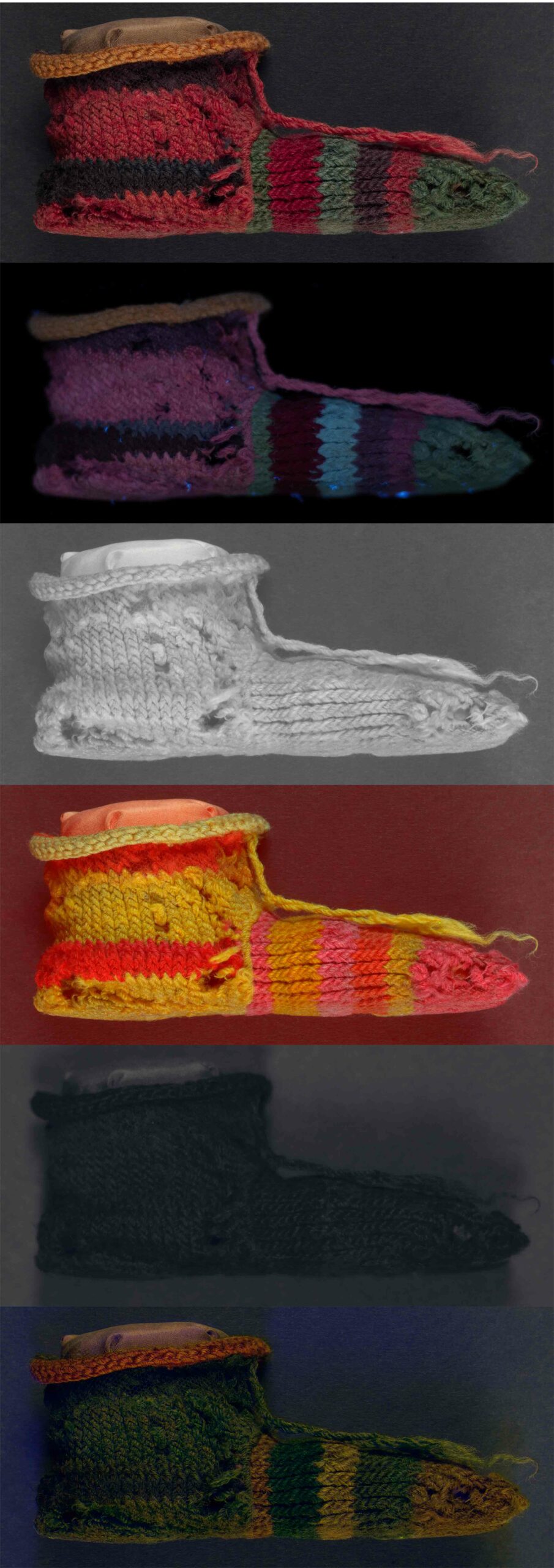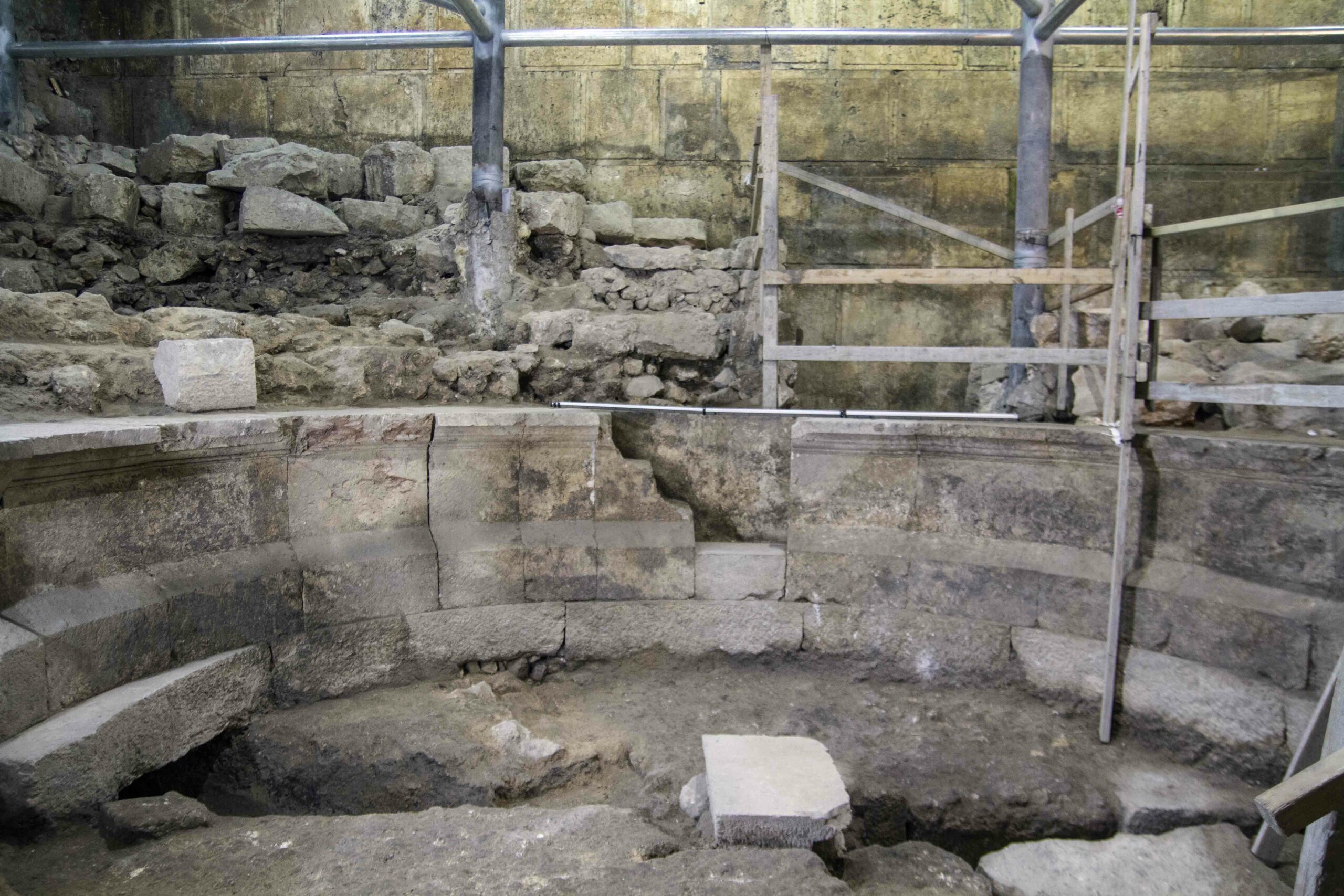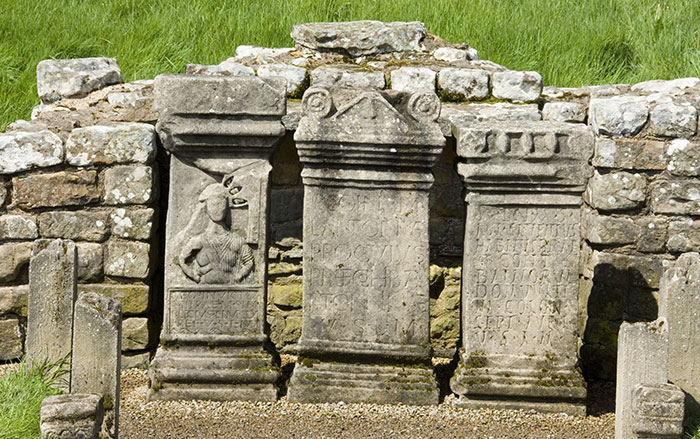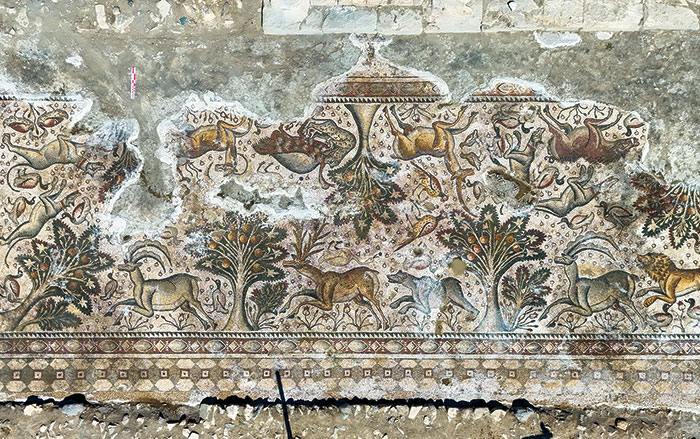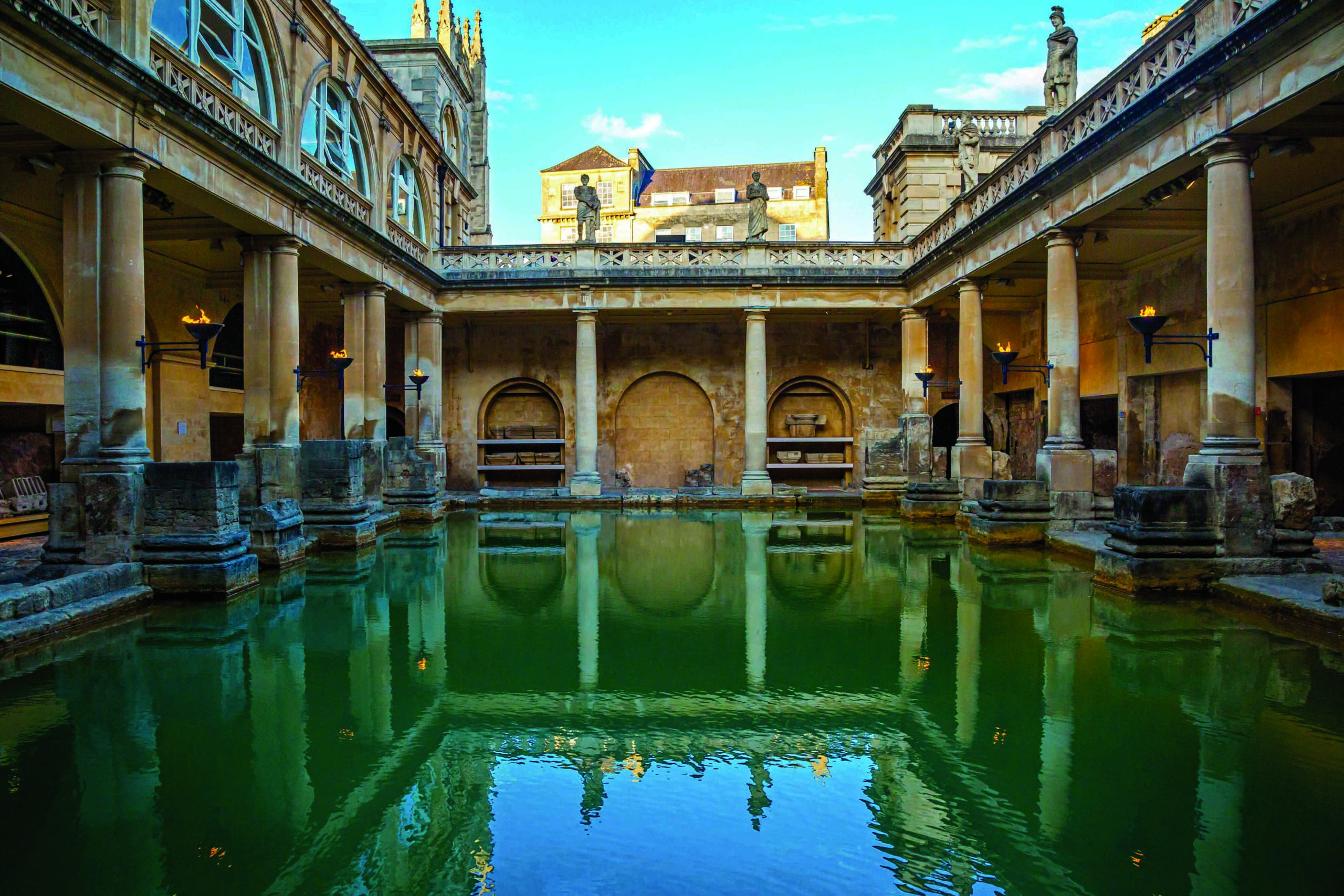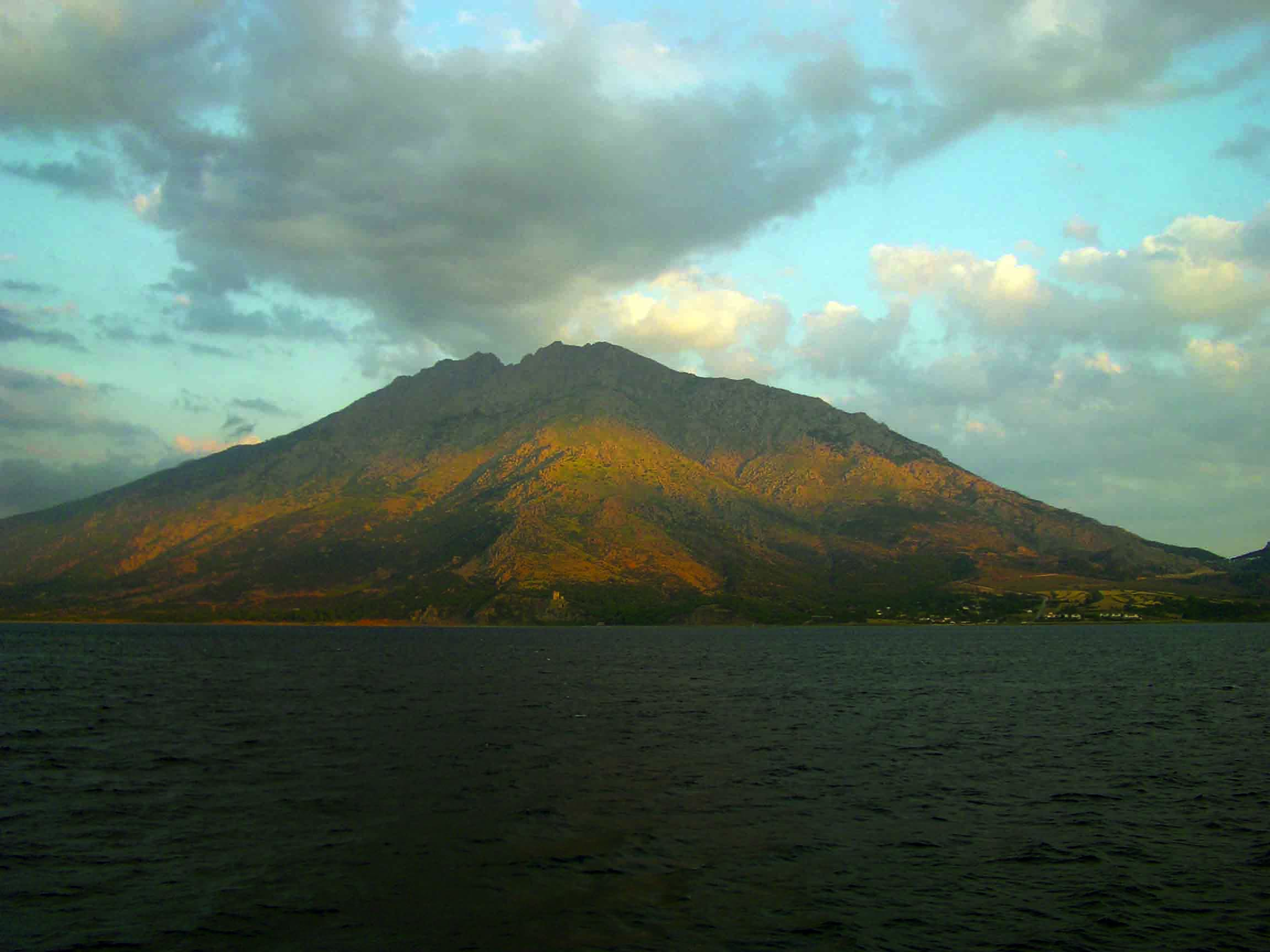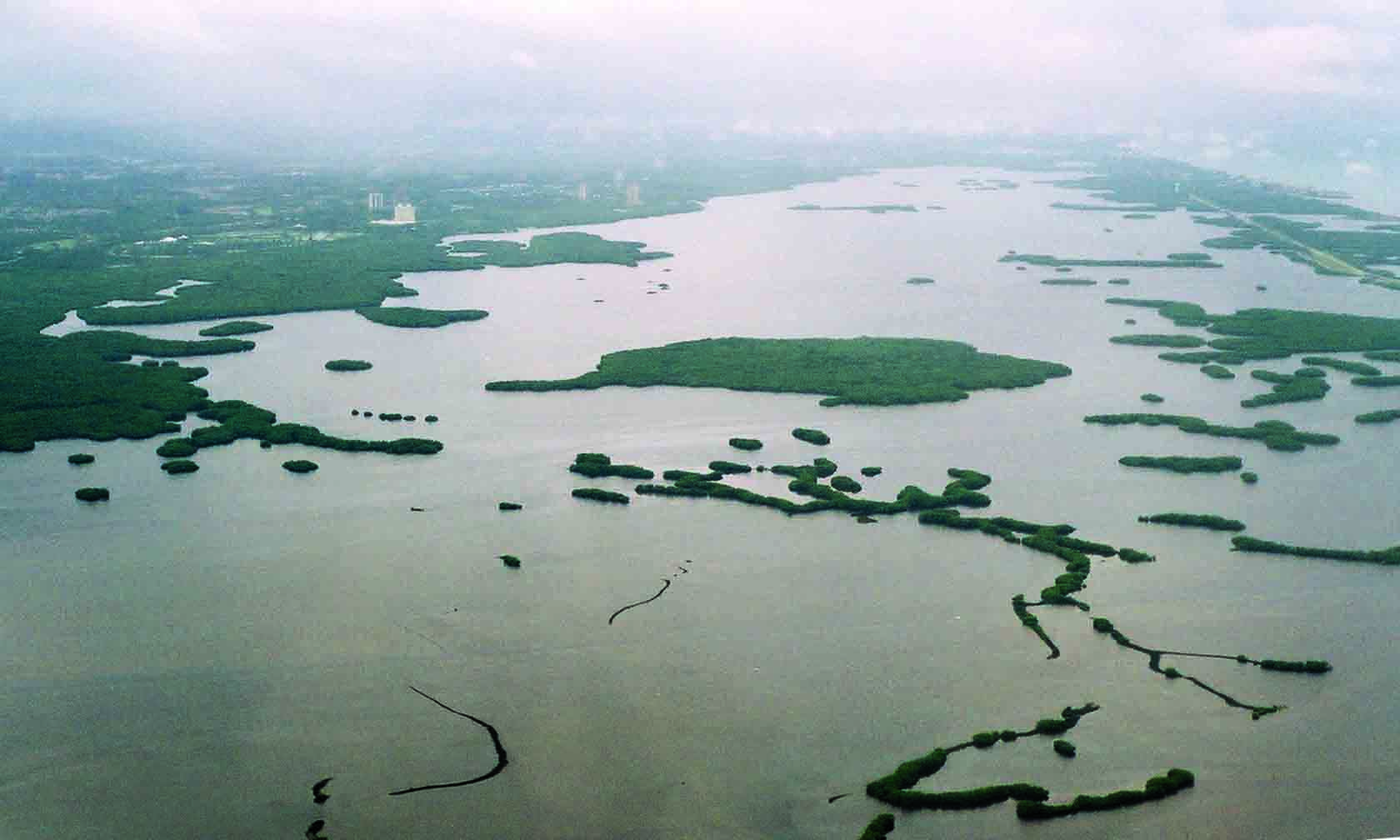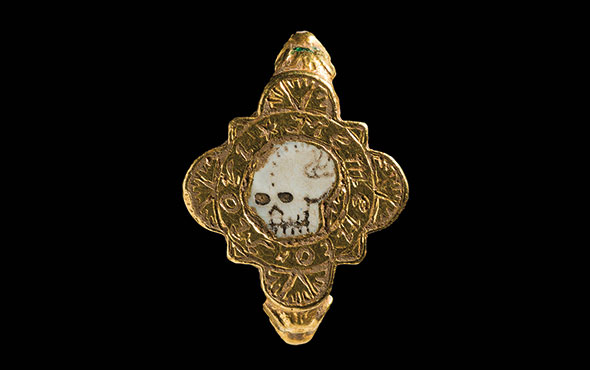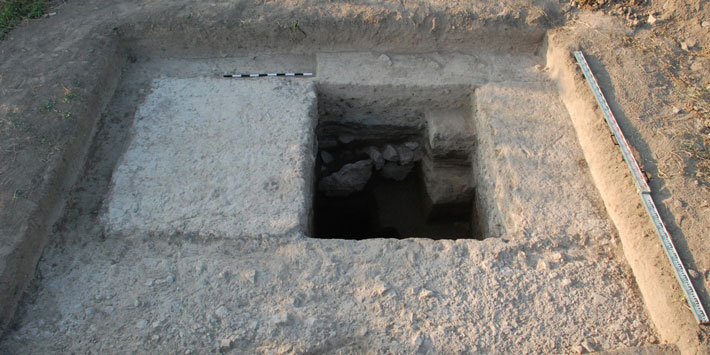
MÜNSTER, GERMANY—According to a statement released by the University of Münster, a team of researchers from the University of Münster and the Armenian National Academy of Sciences have found the planned course of an arched Roman aqueduct at the site of the ancient city of Artashat-Artaxata, the capital of the ancient kingdom of Armenia. Using satellite pictures, infrared images taken with a drone, and a geomagnetic survey of the site, the researchers charted a path for the aqueduct from possible water sources to the city. Mkrtich Zardaryan of Armenia’s National Academy of Sciences said excavation along the path revealed pillars, monumental foundations, and lime mortar mixed in the typical Roman recipe. Analysis of soil samples dated the construction to between A.D. 60 and 460, he explained. Achim Lichtenberger and Torben Schreiber of the University of Münster suggest that the Roman army had started to build the arched aqueduct bridge between A.D. 114 and 117, toward the end of the emperor Trajan’s rule and the attempt to incorporate Armenia into the Roman Empire. Yet after Trajan’s death, his successor, Hadrian, relinquished the province of Armenia. For more on the Roman water supply system, go to "Rome's Oldest Aqueduct," one of ARCHAEOLOGY's Top 10 Discoveries of 2017.


